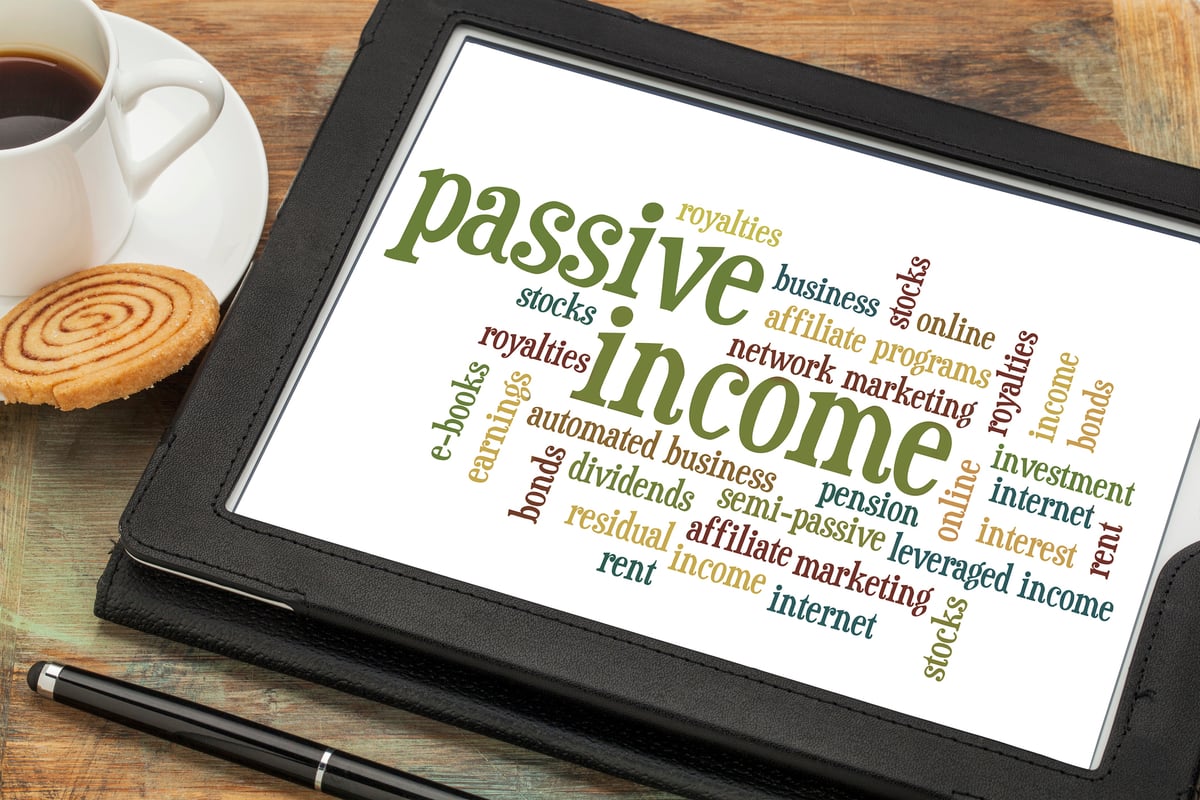We spend our working lives saving for the day when we can drop out of the rat race and start living a different life, whether that means cutting back on work or stopping work altogether. Either way, you're likely to need to tap the nest egg you've built for cash to cover living expenses. Dividend stocks like W.P. Carey (WPC +1.94%), Enterprise Products Partners (EPD +0.86%), and The Southern Company (SO +0.14%) can help.
1. Diversification works
Every investor knows that diversifying your portfolio helps to reduce risk. The same thing is true for companies that spread their businesses across multiple lines. This is one of the biggest reasons to like real estate investment trust (REIT) W.P. Carey. Its property portfolio is spread across the industrial (24% of rents), office (23%), warehouse (22%), retail (17%), and self storage (5%) niches of the property market ("other" makes up the rest). Further, it gets roughly a third of its rents from Europe.

Image source: Getty Images
The proof is in the pudding. While peers are struggling to avoid dividend cuts, Carey announced a modest increase in June. That was possible because it collected roughly 96% or more of its rent roll in April, May, and June. Carey is obviously built to withstand adversity, which is what makes it perfect for retirement. Now add in a generous 6.3% or so yield (backed by more than two decades of annual dividend hikes), and there's even more reason to like this landlord.
2. Fees keep things steady
Next up is North American midstream giant Enterprise Products Partners. It is highly diversified, with a portfolio that spans the pipeline, storage, processing, and transportation spaces, among others. Its assets would be difficult, if not impossible, to replicate or replace. But it operates in the deeply out-of-favor energy sector. That helps explain the limited partnership's 10% yield.
The key here is that it's not an oil driller. Enterprise helps to move oil and natural gas from where it is drilled to where it eventually gets used. It gets paid for the use of its assets; the price of the commodities flowing through them isn't that important to the partnership's top and bottom lines. In fact, fees make up more than 85% of its gross margin. So long as the world keeps using oil and natural gas, Enterprise should be just fine. That's not to suggest that low energy prices won't impact its business -- they will. Volumes could be lower than hoped, and growth via expansion may be subdued. However, with a distribution coverage ratio of 1.6 times in the first quarter, there's a lot of room for adversity before investors have to worry. Note, too, that Enterprise has increased its distribution annually for over two decades, showing a material commitment to investors.
3. Sort of a boring old utility
The last name here is The Southern Company, one of the largest electric and natural gas utilities in the United States. It currently offers a generous 4.8% yield backed by a dividend that has been held steady or increased each year since 1948. That's a very clear statement that management cares about income investors. That said, the yield is toward the high end in the utility sector. Why?
SO Dividend Yield data by YCharts
The first reason is that Southern tends to have more leverage than its peers, with a financial debt to equity ratio of nearly 0.8 times. It also has a relatively high payout ratio, sitting at around 75%. But these things aren't new -- Southern has historically been high on both of these fronts. Yes, investors need to monitor the numbers, but there's no particular need to lose any sleep over either.
That said, Southern is building the only new nuclear power plants in the United States (collectively known as the Vogtle project), and it hasn't been going very well. There's some concern that COVID-19 may cause further delays and cost overruns. This project is one of the reasons why the stock's yield is so high. In the end, however, Vogtle accounts for less than 10% of Southern's capital spending plans over the next five years, and if everything goes according to plan it will be done with the project in late 2022. This is another issue to watch, but not one to get overly concerned about. Meanwhile, while other investors shun the name, you can collect a fat yield from a utility that has proven its shareholder commitment for roughly seven decades.
Collecting your new "paycheck"
The wonderful thing about dividends is that they allow you to live off of your nest egg without having to tap into it. That's what makes this trio of high-yield stocks extra attractive for retired investors. If you'd like to kick back and spend your time enjoying life without having to spend 40 hours a week (or more) working, you should consider adding W.P. Carey, Enterprise, and Southern to your retirement portfolio.









